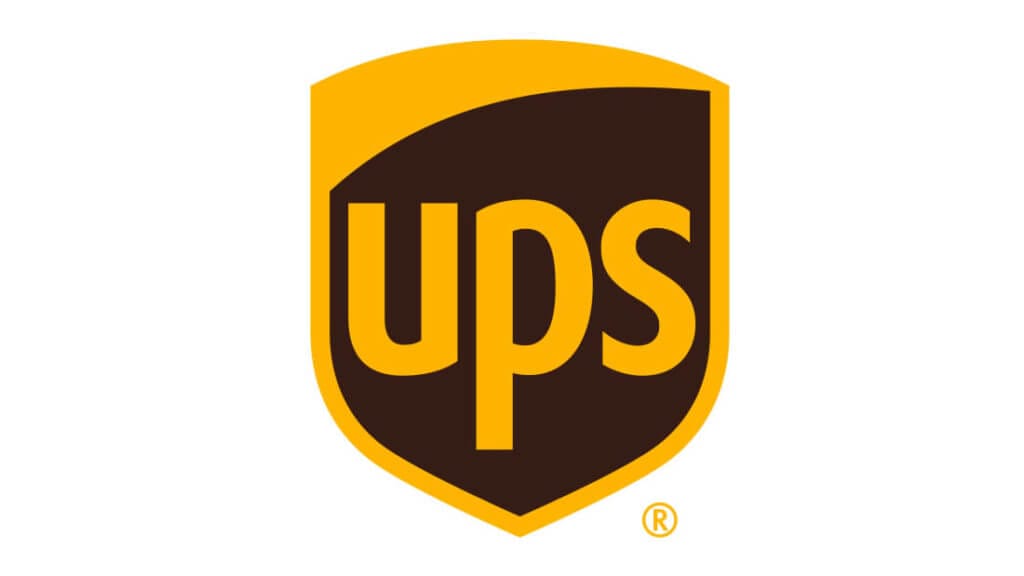Due to the digitization of supply chains, the growth in IoT, and advances in software functionality, companies have access to a wealth of data. This information can generate business intelligence ranging from understanding past performance, predicting future trends, rating vendors, and optimizing network partners. Data like this can help transform and redefine the supply chain as bottlenecks within the workflow can easily be identified and resolved. In today’s competitive marketplace, organizations must change to remain relevant, and ultimately, survive. Product and service quality is no longer the only factor to beat competitors. It’s about managing their supply chain and how much data is shared with customers, employees, and external stakeholders. So much data exists across the entire supply chain. Companies need to find a simple way to centralize and compute their data to be distributed to the right audiences to stay ahead of the curve. Supply chain professionals cannot always handle the enormous data sets required to create an efficient, effective, and agile supply chain through legacy systems. Out of this need, a new generation of technology emerged to analyze operational data rapidly.
Supply Chain Management & Technology

Many systems claim to manage reporting, analytics, and big data within the field of supply chain management. Traditionally, these systems relied on the manual upload of raw data from clunky, legacy systems. This process lends itself to errors from a lack of user knowledge in the external systems and natural human error when inputting data. In other cases, digitally-hesitant legacy industries still manage enterprise operations in Excel sheets and emails or phone calls. Data is often lost and outdated leading to bad analytics reports. When companies implement next-gen systems that connect the entire supply chain and tech stack, combined with real-time data collection and computing, they can manage massive datasets to improve operations.
Big Data in Real-Time

When data is applied correctly, companies are naturally in a more advantageous position than their competition. For example, suppose a SKU of cosmetics isn’t selling in a particular market. In that case, supply chain decision-makers can accurately measure the financial risks of pivoting the orders to higher-performing SKUs before there are significant losses.
While this is just one example, data usage across development, production, and distribution will save businesses thousands, if not millions, of dollars over time. From smarter factory assignments, category optimization, and real-time vs. historical status reports, organizations can cut cost redundancies without impacting business outcomes. The real-time reporting of these new SCM systems allows businesses to handle inefficiencies faster than their analog competitors to stop financial hemorrhaging before it becomes a problem.
Real-world Examples

A perfect example of a company using this type of information to lead to huge savings is UPS. After analyzing their data, UPS found that trucks turning left was costing them a lot of money. They discovered that turning onto oncoming traffic was causing delays, wasting fuel, and a safety risk. UPS drivers now only turn left about 10% of the time, either going straight or turning right instead. The company has now reduced the fleet’s total distance traveled by 28 million miles.
Data is also helping companies become more responsive within their supply chains compared to market trends. This direct comparison leads to proactive strategic initiatives that directly configure a company’s supply chain to its customers’ demands. For example, a dairy farm could use RFID and IoT sensors to detect issues relating to cows’ health, quality of fodder, and temperature changes. These factors all played a role in affecting the quality of the milk. The result was a more homogenized product that better fit the quality customers expected.
Demand Forecasting

There is already the usage of this type of data analysis in inventory management, forecasting, and logistics. In many warehouses, cameras monitor inventory and stock levels.
Forecasting takes this one step further.
The same camera feeds information to machine learning AI systems to predict when reorders are necessary. Over time, this reduces the overhead of human capital, and these warehouses and facilities operate themselves.
Supply chain planning is driven by forecasting. Managers need to understand the demand levels to ensure that the correct products are ordered and delivered to the right sales channels at the right time. New systems now connect the data from sales systems, ERPs, and WMS to connect directly with supply chain data. This integration allows supply chain managers to connect all relevant data points for smarter decision-making on what products to reorder, reorder lead times, and how to improve margins on future orders.
The Future of Supply Chain Management

Opportunities to create efficiency, agility, and ultimately savings through intelligent data are of utmost importance to supply chain professionals today. Implementing a supply chain management software to harness the data across the value chain will be the gamechanger for companies looking to succeed in today’s competitive environment.
